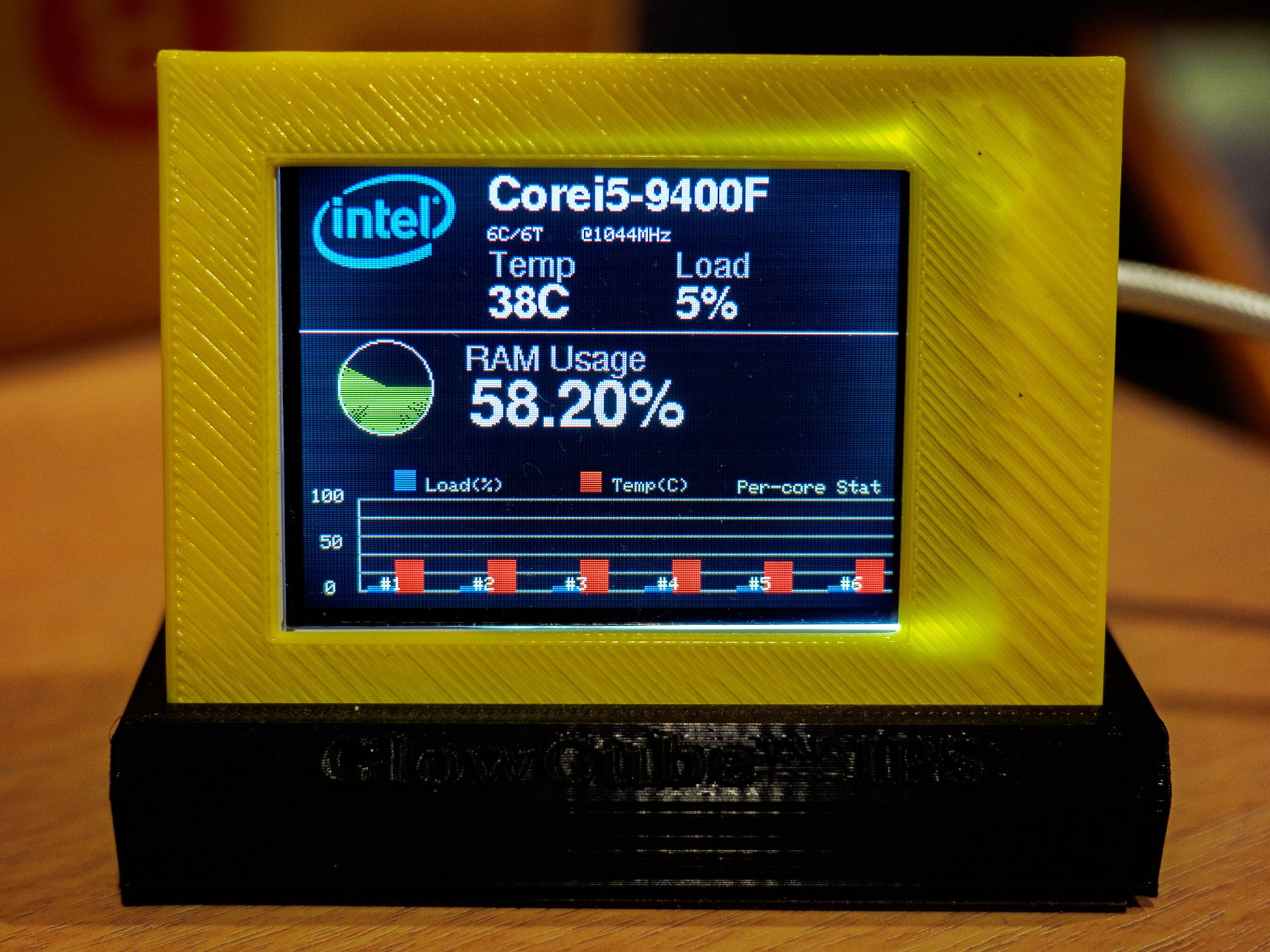

- #Asus temp monitor serial
- #Asus temp monitor driver
- #Asus temp monitor manual
- #Asus temp monitor software
- #Asus temp monitor plus
With Linux 5.20 there is a big rewrite to the LM90 driver to support several additional chipsets and improving support for existing hardware. The LM90 driver supports various LMxx, ADM1032, ADT74xx, MAX66xx, and W83Lxxxx chipsets among others. The Linux LM90 driver that is for the digital temperature sensor of the same name as well as various other chipsets has seen a substantial rewrite.
#Asus temp monitor plus
The NCT775 sensor driver also adds support for the ASUS TUF GAMING B550 PLUS WiFi II motherboard. The ASUS STRIX Z690-A D4, ROG ZENITH II EXTREME, and MAXIMUS XI HERO are among the newly-supported boards with the complete list of ASUS-EC-Sensor driver coverage noted in the aforelinked article. These improvements and new board coverage is coming thanks to the open-source community, unfortunately, with no contributions from ASUS directly. This is thanks to the ongoing work in the recent ASUS-EC-Sensors Linux driver. Several newer Intel and AMD ASUS motherboards can now enjoy working motherboard/chipset/CPU/VRM temperature reporting as well as fan speeds, water cooling data, CPU current, and CPU core voltage reporting. This pull includes the previously reported work on more ASUS motherboards having working sensor support on this next kernel version. HWMON subsystem maintainer Guenter Roeck has already sent in the feature pull request of updates targeting Linux 5.20. Among those early pulls are the hardware monitoring "HWMON" subsystem updates.
#Asus temp monitor serial
SpeedFan can find almost any hardware monitor chip connected to the 2-wire SMBus Serial Interface and to the ISA BUS.Ahead of the Linux 5.19 stable kernel being launched later today, a few pull requests have already begun queuing for the Linux 5.20 merge window. The most used are National PC87366 and all of SMSC LPC SuperIO chips. SpeedFan can automatically detect them and use their features. Some SuperIO chips include temperature sensors too. Winbond W83697HF, Analog Devices ADT7463, SMSC EMC6D102, ITE IT8712F, National LM85C and Maxim MAX6650 are very good candidates.
#Asus temp monitor manual
If your BIOS was programmed to setup such chips this way you can still try to use SpeedFan's Advanced Configuration to revert to manual (software controlled) mode.
#Asus temp monitor software
Some chips can even be programmed to vary fan speeds without any additional software intervention. From one of the very first hardware monitor chips that could be found in standard PCs, the National Semiconductor LM75 (and all of its clones, like the Philips NE1617 and the Philips NE1618 or the Maxim MAX1617) or the Analog Devices ADM1021, such chips have been greatly improved, both in their precision and in their capabilities.Ĭurrent chips can monitor fan speeds, voltages and control fan speeds by using PWMs (Pulse Width Modulation). Several sensors, like Winbond's and the AS99127F support fan speed changing, as well as others from Maxim, Myson, Analog Devices, National Semiconductor and ITE, but the hardware manufacturer must have connected the relevant pins to some additional, yet trivial, circuitry. SpeedFan can change the FSB on some hardware (but this should be considered a bonus feature). By properly configuring SpeedFan, you can let it change fan speeds based on system temperatures.

SpeedFan monitor temperatures from several sources. SpeedFan works with Windows 9x, ME, NT, 2000, 2003, XP, Vista, Windows 7, 2008, Windows 8, Windows 10, Windows 11 and Windows Server 2012. What operating systems are compatible with SpeedFan? SpeedFan can also read S.M.A.R.T information from your hard drives, show CPU usage, chipset information, core temperatures, change clock speed, and analyze voltages. What other features does SpeedFan offer besides controlling fan speed? Once installed, SpeedFan will automatically detect if your hardware is compatible and advanced features are presented. SpeedFan is able to control the fan speed of most fan makes and models, but this will ultimately depend on your motherboard's sensor chip and capabilities. Can SpeedFan control the fan speed of any fan? SpeedFan is a hardware monitor software that can access temperature sensors, but its main feature is that it can control fan speeds – depending on the capabilities of your sensor chip and your hardware – according to the temperatures inside your PC, thus reducing noise and power consumption.


 0 kommentar(er)
0 kommentar(er)
